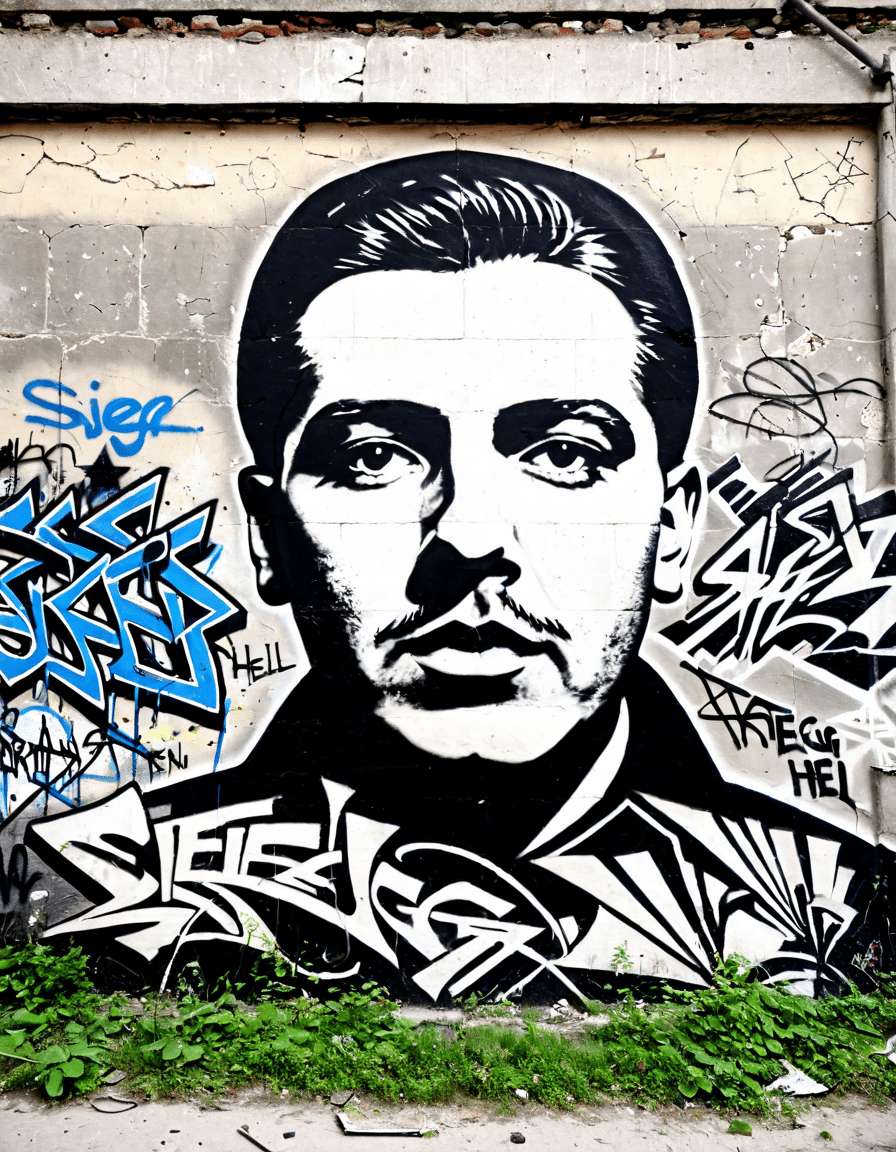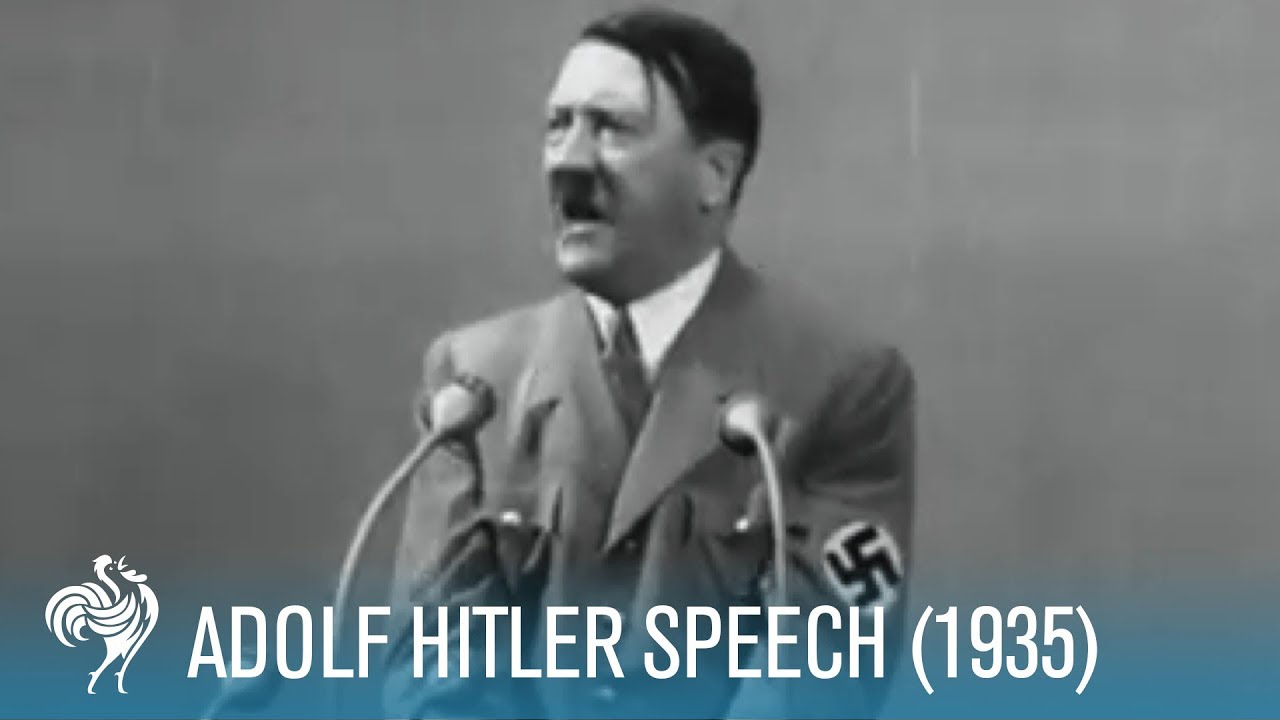The phrase “sieg heil,” translating to “hail victory,” has a chilling history that intertwines with one of the darkest times in modern history—Nazi Germany. This article delves into the origins, implications, and ongoing legacy of this term, exploring the reasons it evokes such strong reactions in today’s society. As we dissect its historical context and modern interpretations, we’ll meet various key figures and movements that embody or challenge the haunting shadow of “sieg heil” and its cultural implications.
1. Understanding the Origins of ‘Sieg Heil’
Understanding the origins of “sieg heil” begins in the political turmoil of early 20th-century Germany. In the wake of World War I, Germany faced economic hardship and rampant nationalism. Amidst this backdrop, the Nazi Party rose to power, and phrases like “sieg heil” became command phrases meant to stir patriotic fervor. The first notable usage appeared at large party rallies in the 1920s, where Adolf Hitler leveraged them to cement loyalty to the party and himself.
Hitler’s regime became synonymous with the term. It wasn’t just a catchphrase; it became a call to arms, invoking unity among followers and enforcing compliance. Adorned with fervent gestures and public spectacles, the phrase seeped deeply into the fabric of German national identity during the war. The use of “sieg heil” became a tool of propaganda, intended to create an illusion of invincibility and national pride, masking the dismal realities of oppression and violence.
The consequences of this term have lingered long after the fall of the Nazi Party. From its horrendous role in catalyzing violence against Jews to fueling a broader climate of hate, the phrase serves as a potent reminder of the power of language and symbols in shaping collective psyche. Today, it stands as a rallying cry for extremist groups, underpinning a disturbing legacy that the world continues to grapple with.

2. 7 Key Figures Who Embodied or Challenged the ‘Sieg Heil’ Legacy
2.1. Adolf Hitler – The Face of ‘Sieg Heil’
There’s no denying that Hitler is the face of “sieg heil.” As the main architect of Nazi ideology, he ingrained this phrase into the very essence of his regime. Public speeches, military parades, and grand spectacles—each utilized the salute to solidify loyalty among followers and propagate the notion of Aryan superiority. The phrase became a symbol of allegiance, instilling fervor while masking the horrific atrocities committed under its banner.
2.2. Ursula von der Leyen – A Modern Challenge to Fascism
In contemporary times, Ursula von der Leyen presents a colorful contrast to the dark history of “sieg heil.” As the President of the European Commission, she openly addresses the dangers of rising nationalism and the importance of unity in combating extremist ideologies. Her advocacy highlights a crucial narrative: learning from the past and rejecting divisive symbols like “sieg heil” to build a cohesive Europe.
Von der Leyen’s speeches are laden with lessons drawn from history, emphasizing how phrases like “sieg heil” serve as stark reminders of the past’s impact on modern society. By calling attention to the resurgence of nationalism and aiding the EU in pushing against it, she becomes a vital voice for progress and unity against divisive sentiments, making critical strides in championing inclusivity.
2.3. The Role of Protest Movements – Standing Against Renewal
Protest movements worldwide have taken a firm stance against the renewal of hate symbols like “sieg heil.” From anti-fascist demonstrations in Germany to broader activist movements fighting racism and anti-Semitism, voices across the globe have united against the normalization of hate. Figures such as protest organizer Anna Houghton have mobilized thousands, reminding society that its past must not define its future.
The moments of defiance during these protests remind us of the resilience of unity in confronting oppression. High-profile events like the “Unite the Right” rally highlighted these movements’ determination to stand against racism and hate speak vehemently. The actions of these activists provide a counter-narrative, shining light on an unyielding pursuit of justice and equity, effectively dismantling the lingering shadows of “sieg heil.”
2.4. Bebe Neuwirth – The Arts as Resistance
Bebe Neuwirth is a shining example of how the arts can challenge hateful narratives. As an acclaimed performer and advocacy figure, she uses her craft to create dialogues around social issues. Her performances often incorporate themes that confront the oppressive legacies of phrases like “sieg heil,” illustrating how culture can serve as a vehicle for resistance.
Through initiatives like community theater and inclusive performances, Neuwirth brings awareness to historical injustices while fostering discussions about acceptance and solidarity. Her commitment to social justice underscores a vital point: art can heal and enlighten, offering audiences a way to engage with the past and inspire future change.
2.5. Budenholzer’s Value in Sports Culture
Mike Budenholzer, the NBA coach, may seem distant from the historical context of “sieg heil,” but his leadership significantly tackles divisive ideologies. Budenholzer emphasizes team dynamics and inclusivity, fostering environments where discrimination has no place. His approach acknowledges the importance of collaboration, showing that sports can be a platform for positive change while rejecting hate.
Under his mentorship, team members are encouraged to speak out against inequality, thus reforming how sports culture engages with issues of discrimination. His commitment to creating environments that embrace diversity contrasts vividly with the exclusionary language encased in “sieg heil,” highlighting a transformative stance in modern sports.
2.6. Academic Figures – Analyzing Historical Context
Historian Richard Evans offers pivotal insights into the historical implications of “sieg heil.” Through his extensive research, he illustrates how language has shaped and defined the experiences of millions. His works outline the psychological effects of propaganda and how these phrases perpetuated fear and hatred, continuing to resonate in today’s discussions surrounding nationalism and identity.
Similarly, Jan Gross dives into the socio-political implications of language in his research, providing tools to counteract the narratives surrounding hate symbols. These academic contributions are invaluable in understanding the ongoing challenges posed by phrases like “sieg heil,” reminding society that knowledge equips them to confront similar threats.
2.7. Media’s Role – From Propaganda to Responsibility
The media wields considerable influence over public opinion, and its portrayal of “sieg heil” reflects that power. Documentaries, historical dramas, and educational programs increasingly tackle the consequences of using such charged phrases. These narratives seek to educate audiences about the implications behind hate symbols, turning a once unexamined subject into a critical discourse.
For instance, films exploring the lives of Holocaust survivors often address the use of “sieg heil” as a cautionary tale, urging viewers to stand against intolerance. The responsibility falls on media creators to weave stories that not only inform but inspire critical thought, ensuring that the lessons drawn from the past resonate with current and future generations.
3. The Evolution of ‘Sieg Heil’ in Modern Society
“Sieg heil” has morphed into a symbol of hate, illustrating the alarming resurgence of far-right nationalism globally. Incidents of anti-Semitic acts are on the rise, and hate groups continue to co-opt such phrases to lend misguided legitimacy to their ideologies. This phenomenon raises pressing concerns about how society grapples with historical symbols that carry a weight of oppression.
As communities confront rising threats, vigilance becomes crucial. Monitoring the activities of extremists and swiftly countering hateful rhetoric is essential in preserving an inclusive society. Through dialogue and solidarity, we can understand the ongoing relevance of “sieg heil” and the profound responsibility we carry to combat its narrative.

4. Unpacking the Cultural Response to Hate Symbols
Society’s response to hate symbols like “sieg heil” has evolved, reflecting a commitment to dismantling oppressive ideologies. Legislative actions have ramped up, with countries passing laws that combat hate speech overtly linked to expressions of extremist sentiment. Community-led initiatives, often organized by local activists, have also fostered a culture of awareness that challenges discriminatory narratives.
Educational programs play a pivotal role in this fight against hate. Schools increasingly incorporate lessons that highlight the history of hateful symbols, aiming to arm the next generation with knowledge. Campaigns promoting tolerance and understanding have also emerged, offering a collective sense of accountability in a world increasingly fraught with division.
5. Reclamation and Redefinition: Moving Forward
Efforts to reclaim narratives surrounding phrases like “sieg heil” point to a hopeful future. Discussions led by educators, artists, and community leaders work to reframe conversations around these symbols. Rather than allowing “sieg heil” to define societal values, initiatives seek to cultivate an understanding that honors diversity and inclusivity.
Art and education form vital cornerstones in redefining social values, as they bridge gaps and foster meaningful dialogues. The future lies in the collective commitment to learning from the past, with the understanding that healing and unity must prevail over division. As we engage in these critical conversations, we empower each other to defy legacies of hate and embrace a more inclusive world.
In wrapping up this exploration of “sieg heil,” we recognize that acknowledging the past is crucial in preventing history from repeating itself. By highlighting key figures, cultural responses, and societal shifts, we can chart a path toward a more inclusive and informed future—one that urgently remembers its lessons while actively resisting the shadows of hate. As we continue to engage in dialogue around these complex issues, it is vital to remember that understanding and action can pave the road toward healing and unity. This commitment is essential to ensure phrases like “sieg heil” remain reminders of what society must never embrace again.
sieg heil: Fun Trivia and Interesting Facts
Catching Waves of History
Did you know that the phrase “sieg heil” translates to “hail victory” in English? This slogan finds its roots in Nazi Germany, where it became associated with loyalty and support for Adolf Hitler. Interestingly, it’s also part of a broader trend in history where catchphrases or chants have been used to rally people. For instance, when examining some modern pop culture phenomena — like the eccentric persona of Valeria Lukyanova, who has captured attention with her unique art and social media presence — you can see how impactful slogans remain even today.
A Countdown of Controversy
The legacy of “sieg heil” isn’t just a quiet chapter tucked away in history books. Even today, its echo can be felt in various contexts. Just imagine finding an old Ashley Madison hack list, where unsuspecting users’ secrets were exposed. Similarly, the phrase often pops up in discussions about how certain conversations can spiral out of control, just like the buzz around Trippie Bri and her latest releases. It’s a reminder that we’re still wrestling with the shadows of our past while trying to carve out new narratives.
The Transition to Modern Echoes
When we examine how “sieg heil” transformed over the years, let’s take a moment to explore a contemporary event that sent ripples through sports — it’s hard to forget the buzz created around Skyy Moore during a sensational game. Just as phrases like “sieg heil” have been taken out of their original context, sporting moments often transcend their initial intention, becoming symbols of unity or division. Meanwhile, some heart-wrenching news—like Fernando Valenzuela’s death—reminds us that every famous figure has a story.
In this dance through history, the phrase “sieg heil” continues to spark discussion and debate, while reminding us of the pathways that lead to its usage. There’s always more to unpack, much like digging deep into sports statistics on platforms like espnsoccernet. As we unfold these layers, we realize that even from dark chapters, lessons abound. So, the next time you come across “sieg heil,” think about not just its notorious past, but its ongoing impact.







